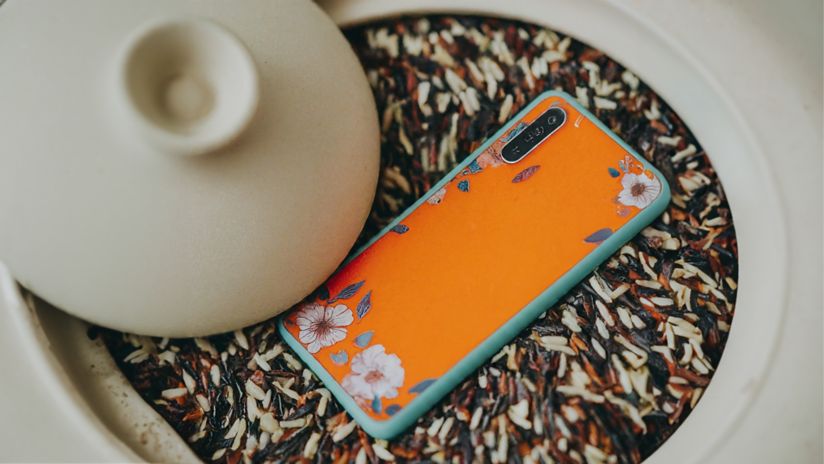Should you put your wet phone in rice? Here's how to really save a soaked phone
Phone dunked? Don't panic! Forget the age-old rice myth. There's a surprising new hero to saving your phone, and it isn't rice. Here's what actually works to save a wet phone.

We've all been there: that heart-stopping moment your beloved smartphone takes a plunge into the abyss.
Be it a watery grave in the toilet bowl or an unexpected poolside dip. Panic sets in, and the age-old advice echoes in your head: "Bury it in rice!"
But hold on: that advice is as outdated as dial-up internet. Apple recently dropped some truth bombs, and it's time to rewrite the waterlogged phone rescue manual.
Should you use rice to dry a wet phone?
So, your phone's gone swimming – what do you DO? First things first, ditch the rice. No rice at all!
Apple advises in its most recent update that sticking your phone into a bag or jar of rice can do more harm than good.
They can actually get lodged in your smartphone's ports, speakers and more. This can potentially cause a greater issue and lead to an even more expensive repair bill.
So instead of rice, what should you use to soak up your mistakes? Apple says the new hero on the block is silca gel packets.
You should never eat them, but you should definitely keep them handy to try and save a waterlogged device.
Fill a sealable bag with silca gel packets and entomb your phone for 24-48 hours. Silica gel is a moisture magnet, sucking out the water without the rice-grain invasion risk.
But speed is key! The faster you act, the better your chances of revival.
Tips to help save your wet smartphone
Here's your smartphone CPR checklist:
- Unplug everything: Imagine your phone as a shocked swimmer. You wouldn't electrocute them, right? Unplug any cables and remove any accessories.
- Gentle taps: Like patting down a friend after a rain shower, tap your phone gently with the charging port facing down. This encourages excess water to escape.
- Air it out: Find a cool, dry spot with good airflow (think living room fan, not scorching hairdryer). Imagine your phone is on a beach holiday, soaking up the (cool) rays.
- Patience is a virtue: Give your phone at least 30 minutes, preferably longer, to dry completely. Don't be tempted to plug it in too soon – think of it as waiting for your fries to cool before inhaling them.
- Test and repeat: After the drying period, try charging or connecting an accessory. Still seeing that awful "liquid detected" message? Don't despair! Repeat steps 2-4 and give it more time. Remember, even 24 hours might be needed for complete dryness.
Bonus tip: For stubborn cases, Apple suggests gently cleaning the charging port with a soft, dry cloth. Think of it as removing any lingering poolside sand.
What not to do when your phone gets wet
And what NOT to do? Let's avoid some techie near-death experiences:
- No heat: Hairdryers and ovens are bad news for delicate electronics. Imagine putting your phone in a sauna – not a recipe for revival.
- No sharp objects: Cotton swabs and paper towels might seem helpful, but they can push water further in and damage your phone's insides. Think of them as pointy pool toys – best left out.
- No rice bath: We mentioned it before, but it's worth repeating. Rice is the enemy! Those tiny grains can get lodged in ports and wreak havoc. Imagine finding rice stuck in your swimsuit – not fun.
Remember, the key is speed, patience, and the right drying techniques. So next time your phone takes a dunk, don't panic – just grab some silica and follow this guide! Your phone will thank you (and you might even avoid a major meltdown).